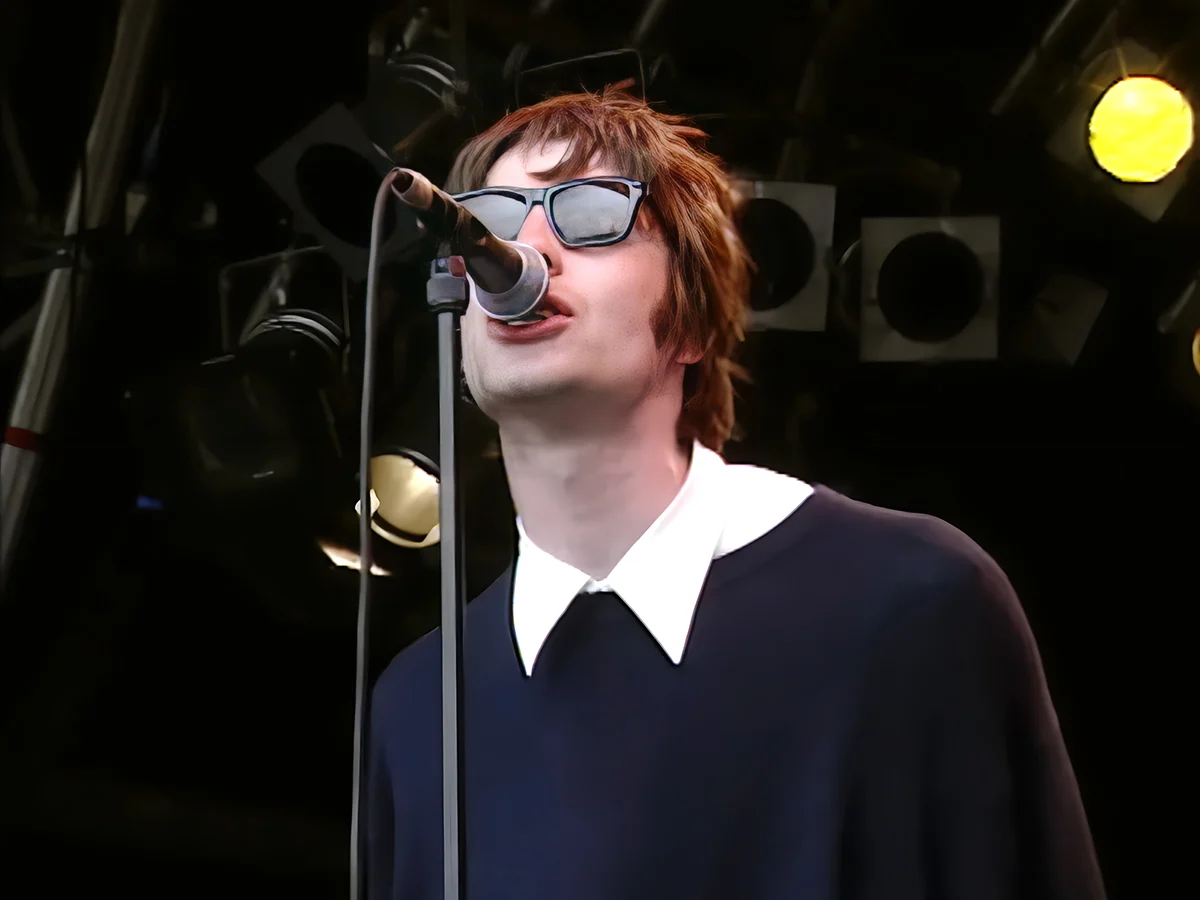Although the majority of Oasis’s music was driven by the creative genius of guitarist and occasional singer Noel Gallagher, the origins of the band are rooted in the efforts of his younger brother, Liam Gallagher. Oasis’s early days were shaped by Liam, who initially led the band alongside his friend Paul ‘Bonehead’ Arthurs. Together, they formed a grunge-inspired shoegaze band, drawing influence from The Jesus and Mary Chain, Ride, and the guitar-driven sounds of Nirvana.
At the time, Noel was working as a roadie for the Madchester band Inspiral Carpets, and when he called home one day, he was surprised to learn from his mother that Liam had suddenly become passionate about music and started his own band. Curious, Noel returned to Manchester after being dismissed from his job on tour and decided to check out one of the band’s first gigs.
Oasis’s Early Gigs in Manchester
In August 1991, during their first week of performances, Oasis played a series of shows in Manchester’s burgeoning shoegaze scene, opening for local pioneers Sweet Jesus and the Catchmen. Although the band was critical of their own performance, Noel was impressed with what he saw. Reflecting on the experience in the 2015 documentary Supersonic, Noel recalled, “I was pretty impressed. They had their own songs, and Liam didn’t look that out of place.” After the show, when the band asked for his feedback, Noel simply told them, “It’s fucking great.”
Despite the positive feedback, Liam and Bonehead felt they needed stronger leadership to guide the band’s direction. They invited Noel to join them, initially as a manager, but it wasn’t long before Noel took over the musical direction as well.
The Transformation of Oasis at the Boardwalk
Two months after their initial gigs, Oasis returned to the scene of their early performances, but this time they were a completely transformed band. With Noel now at the helm, they opened their set with one of his original compositions, “Columbia,” a track that would later appear on their debut album, Definitely Maybe, in 1994. The song showcased remnants of their shoegaze and Madchester influences, hinting at the sound that would eventually make them famous.
The venue for these pivotal early gigs was Manchester’s legendary Boardwalk, a key center for new music in the late 1980s and early 1990s. The Boardwalk had launched the careers of iconic bands like The Stone Roses and Happy Mondays and was known as a hub for acid house and shoegaze acts from across the UK.
Housed in a three-story building that had once been a church school, the Boardwalk was converted into a performance space in the 1960s. When Factory Records A&R man Colin Sinclair purchased the building with his family, it became a cultural focal point for underground musicians throughout Britain. For Oasis, performing at the Boardwalk was a logical first step towards pursuing a career in music, setting the stage for their eventual rise to fame.
The Turning Point at King Tut’s Wah Wah Hut
Despite the promise shown during Oasis’s early days at the Boardwalk, it would take nearly two more years for the music industry to take notice of this noisy new band with a knack for melody. The breakthrough came in 1993 at King Tut’s Wah Wah Hut in Glasgow, where Creation Records founder and the band’s future manager, Alan McGee, saw them perform for the first time. This encounter would lead to the signing of Oasis and the start of their journey to global stardom.
